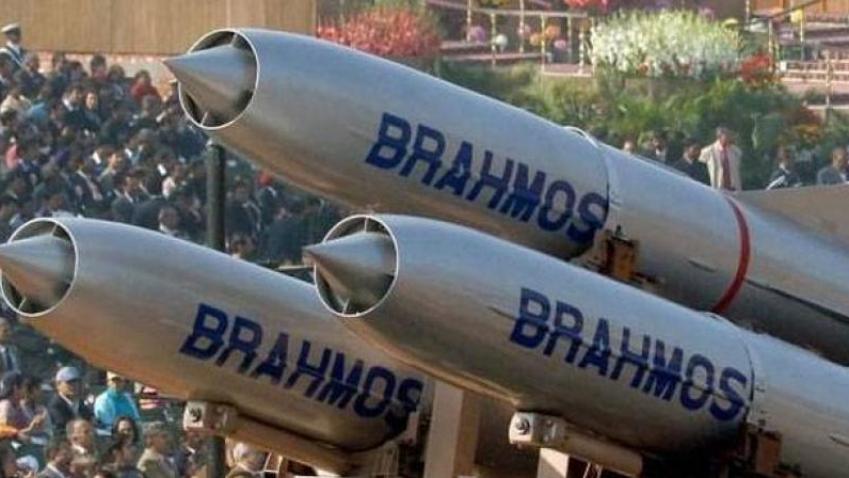The military uses missiles as one of its favorite weapons, because a missile allows a person to launch a weapon many miles away from the target. The BrahMos is the fastest cruise missile of its class in the world.
BrahMos is a supersonic cruise missile being developed by BrahMos Aerospace, a joint venture between Defence Research and Development Organisation (DRDO) of India and NPO Mashinostroeyenia (NPOM) of Russia. The missile can be launched against ships and land-based targets. The missile is named after two rivers, the Brahmaputra in India and the Moskva in Russia. It was for the first time that the missile, capable of travelling at speeds of up to Mach 3.0, or three times the speed of sound, was tested with indigenously developed 'seeker' technology.
The BrahMos is a two-stage missile. A solid fuel propellant booster engine pushes the missile to supersonic speeds and separates. Then the second stage kicks in where a liquid fuel ramjet engine takes it to speeds up to mach 3 (three times the speed of sound) when it covers nearly 1-km distance in a second. It is the fastest known versatile supersonic cruise missile. Unlike warships, a BrahMos armed Sukhoi-30 can fly 1,500 kilometres in the direction of a hostile target out at sea.
The missile is propelled by either rocket or jet engines which use solid or liquid fuel. Fins, wings and tail are the major controlling system. Cruise missiles are also very effective at evading detection by the enemy because they fly very low to the ground. IGS - Inertial Guidance System. Tercom - Terrain Contour Matching. GPS - Global Positioning System. DSMAC - Digital Scene Matching Area Correlation systems are help guide a cruise missile to its target. Infra red or radar or laser system is used to guide BrahMos missile target.
Source: howstuffworks, indianexpress.com, brahmos.com
